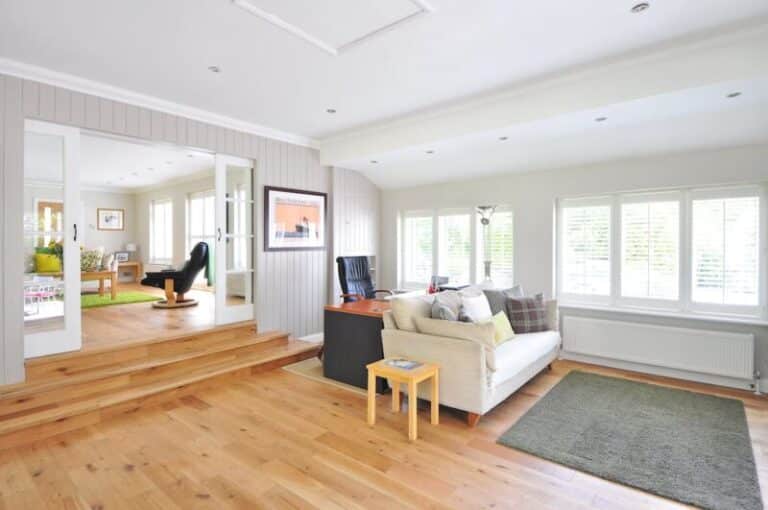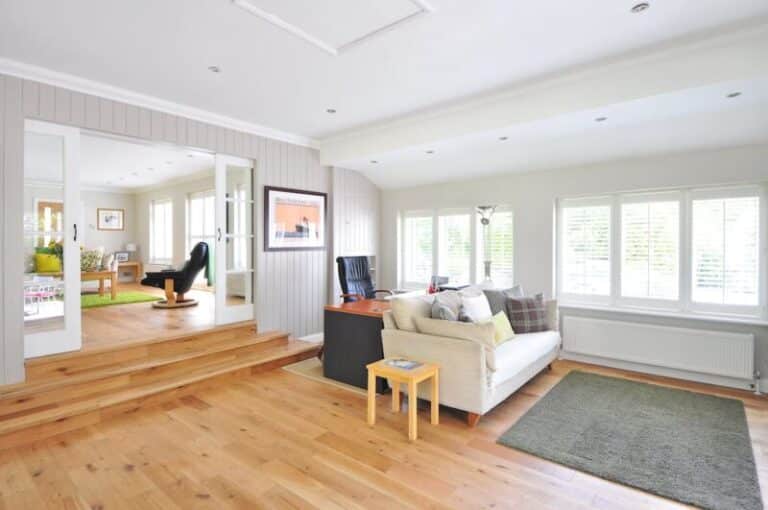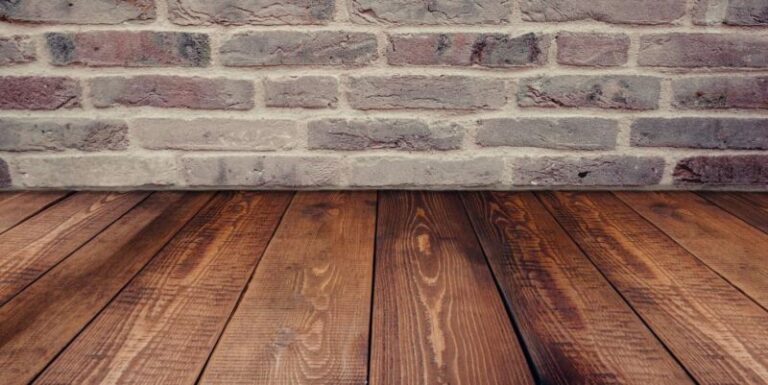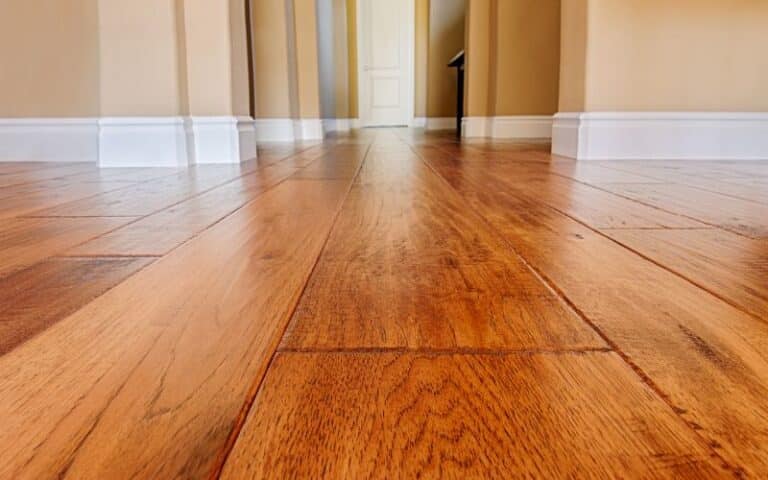Hardwood flooring is a popular option that completely changes your internal home décor. Its shine and aesthetic appeal can bring your flooring to life, attracting compliments from guests.
However, hardwood floors are susceptible to the detrimental effects of humidity, like all wooden flooring options.
If you’re wondering how to maintain your hardwood floor by controlling indoor humidity levels, you’ve read the right article.
Read to learn more about the impact of humidity on this stunning flooring option.
Ready for a Flooring Quiz?
Which Humidity Levels Are Perfect for Maintaining Your Hardwood Floor?
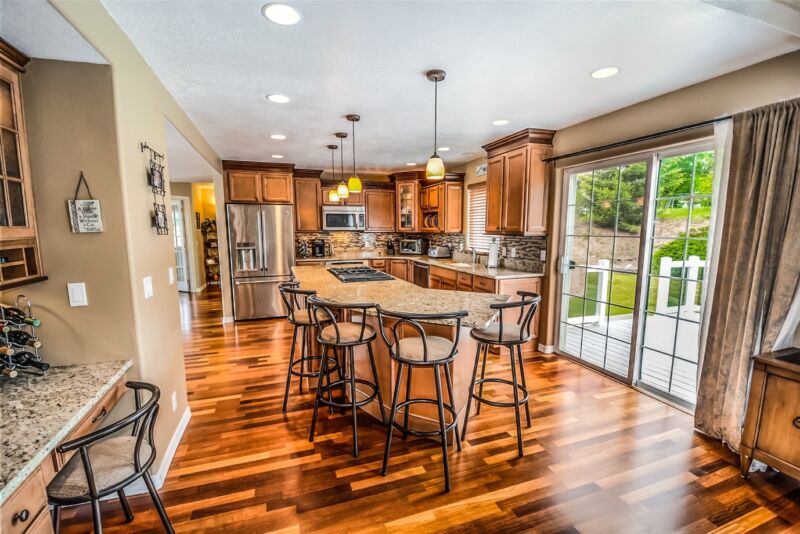
Monitoring and controlling your home’s humidity levels ensure your hardwood floor does not get damaged.
Excessive moisture or humidity can expand and contract your flooring, creating structural issues that damage the appearance.
The perfect humidity range to maintain your hardwood floor’s appearance is between 35% and 55%.
When you’re seeking to install hardwood floors in your home, it helps to maintain the humidity in this range, increasing the floor’s resilience against the elements.
What is the Impact of Humidity Levels Below 35% on Your Hardwood Floor?
When exposed to too little moisture in the atmosphere, your wooden floors can start to warp.
Hardwood floors are no exception and exhibit signs of gapping and splitting, which can ruin the appearance unless you control your indoor moisture levels.
Lack of moisture in your home can result in increased spacing or gapping between your flooring due to the wooden surface contracting.
Your wooden flooring consists of carefully laid down, side-by-side planks. If the spacing becomes displaced, the appearance starts to worsen with time.
Choosing a wooden flooring option for your home always comes with a risk, and you need to invest in maintenance and upkeep to increase its longevity.
Splitting is another phenomenon due to the atmosphere’s lack of adequate moisture. If humidity levels fall below 35%, the wood starts to dry out and crack in various places.
This means you might have stray splinters sticking out of your floor, creating hazards for those walking barefoot on the surface.
How do Humidity Levels Over 55% Affect Your Hardwood Floor?
Like low humidity levels, the higher moisture content in the environment contributes to three main occurrences affecting your hardwood flooring.
These include cupping, buckling, and crowning, which can distort your floor’s appearance if they’re allowed to progress.
Cupping occurs when your wooden plans start to swell from too much moisture. This forces them to push into each other, curling the edges.
Buckling creates a slightly different effect to cupping but also occurs due to excessive swelling. It causes the wood to rise and buckle, creating an uneven appearance.
Cupping usually occurs when your wooden floor remains wet for extended periods, causing it to the crown.
By maintaining adequate moisture levels in your home, you can mitigate these problems.
However, you must take proactive measures to make this possible since humidity in the external environment varies largely throughout the year, depending on where you live.
This means you will have to buy a dehumidifier when humidity levels rise during monsoon season or rainy days and a humidifier when days are hot and dry.
How to Maintain Optimal Humidity Levels in Your Home?
Knowing the ideal humidity levels to maintain in your home is only one part of the problem.
Learning to maintain the moisture concentration between 35% and 55% in your home requires some investment and monitoring.
Let’s explore some ways you can make this possible to protect your hardwood flooring.
#1. Buy a Hygrometer
A hygrometer is an excellent investment for your home because it measures the moisture concentration in the environment.
This allows you to watch the humidity when it drops below 35% or rises above 55%.
Hardwood floors are not cheap, which is why a hygrometer will protect your investment and increase the durability and resilience of your floor.
However, it’s worth remembering that fluctuations can occur, and minor changes in humidity for short periods will not affect your hardwood floor.
If the humidity range fluctuates for a day or two, you should take remedial action immediately.
#2. Buy a Humidifier and Dehumidifier
Investing in a humidifier and dehumidifier allows you to maintain the humidity levels in your home.
On hot and dry days, you can turn the humidifier on to ensure the moisture levels do not fall below 35% for long periods.
Similarly, on wet and moist days, you must use your dehumidifier to prevent the humidity from rising above 55%.
#3. Open and Close Your Windows According to the Day
As we’ve discussed, days can be humid or dry. This means you can open your windows according to your hygrometer reading and the weather conditions.
This strategy does not always work but prevents you from constantly relying on your humidifier and dehumidifier.
Relying on this method is preferred because it also promotes cross-ventilation, which freshens the air quality in your home.
Final Verdict
When installing hardwood floors in your home, you must pay close attention to the humidity levels.
If you’ve hired experts to do this for you, they will tell you everything you need to know and help facilitate this change to make the installation process as perfect as possible.
However, investing in the devices described above may be useful before installing your hardwood floors.
This will protect your expensive investment and install your floor without hiccups.

